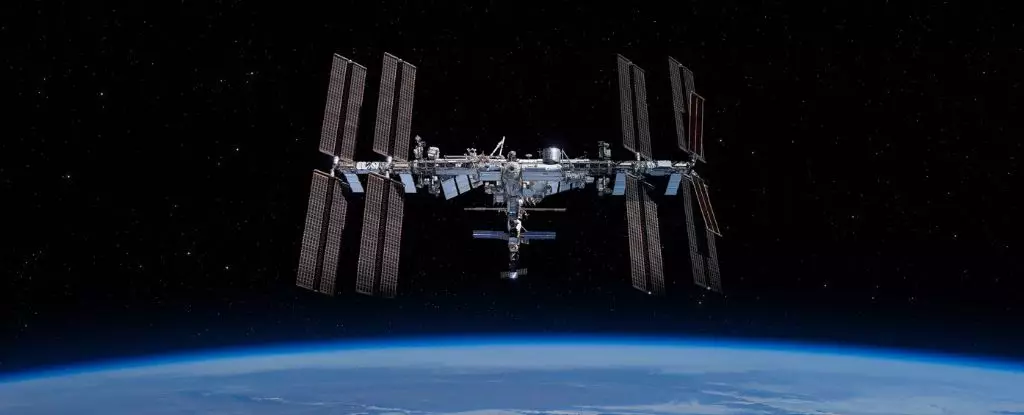The recent docking of the uncrewed Progress 90 resupply spacecraft at the International Space Station (ISS) highlighted an intriguing yet unsettling episode for space missions. This routine cargo shipment, typically containing essential supplies like food, water, and scientific equipment, unexpectedly brought along an unusual odor, prompting immediate concern among the onboard crew. Floating through the hatch, this unexpected aroma hinted at the potential hazards that can arise even in the meticulously controlled environment of space. Although the ISS is a haven for scientific research and exploration, episodes like these serve as reminders of the unpredictable nature of space travel.
As the crew members opened the Progress 90 hatch, they were greeted not only by the usual supplies but also by the presence of small droplets and an offensive smell. Such conditions necessitated a swift response: the hatch was promptly resealed, and effective air-scrubbing systems were activated to eliminate the contaminants. While the situation may sound humorous or trivial at first, the reality is that in a confined space like the ISS, any disruptive odor can signal the presence of dangerous materials. Consequently, Russian astronauts donned protective gear while the air was being treated—an indication that even seemingly benign mishaps can escalate into critical safety measures in a space environment.
NASA officials attributed the unusual odor to a phenomenon known as outgassing—a critical process that occurs when materials release gases or vapors trapped within them due to heat or vacuum exposure. On Earth, many materials develop pleasant or distinct odors; however, their scent profile often changes in the unique environment of space. The Progress 90 incident illustrated this delicate balance between safety and comfort onboard the ISS, as volatile substances can lead to dangerous situations in a confined atmosphere.
In addition to unpleasant odors, outgassing poses more severe risks: the release of such materials can corrode surfaces, interfere with delicate instruments, or even compromise astronaut health. The Apollo 8 mission serves as a historical cautionary tale where outgassing led to the contamination of vital observation windows, temporarily rendering them unusable. Fortunately, the situation aboard Progress 90 has been reported as manageable for now, but concerns linger regarding the source of the odor and whether it may relate more to the docking mechanism than the transport vessel itself.
Even on its best days, the ISS has been reported to harbor some unpleasant aromas. Astronauts have described the overall scent of the station as reminiscent of burnt steak combined with body odor. Such descriptions are not surprising, given that the environment is thousands of miles from Earth, where scents dissipate and dissipating compounds behave differently. Despite rigorous pre-launch testing, items sent to the ISS can have altered scent profiles when subjected to the vacuum of space.
This distinct olfactory signature is a reflection of the fact that the ISS is not just a scientific laboratory, but an unavoidably human space. Living in such close quarters can amplify even the most benign odors, making the consequences of outgassing all the more crucial to monitor. The phenomenon underscores the importance of ongoing research and risk assessment in designing and selecting materials for space missions.
The incident involving Progress 90 serves as yet another example of how the challenges of space exploration extend beyond dazzling discoveries and groundbreaking technology. The safety of astronauts is paramount, and each unforeseen event emphasizes the necessity of thorough preparation and real-time responses. While the immediate concerns of unpleasant odors seem minor in the grand scheme of interstellar travel, they reveal a world where safety protocols and scientific rigor must coexist seamlessly.
As NASA and other space agencies move forward, the lessons learned from incidents like these are invaluable. They not only provide insights into material science in outer space and the importance of low-outgassing components but also remind the space community of the human elements involved in space exploration. Through vigilance, adaptability, and a commitment to research, the continuous analysis of such events will pave the way for safer and more successful missions in the future.


Leave a Reply